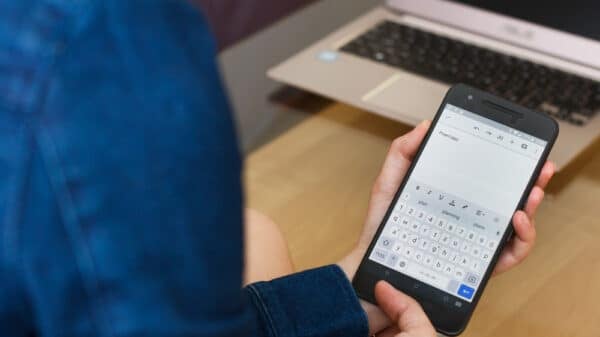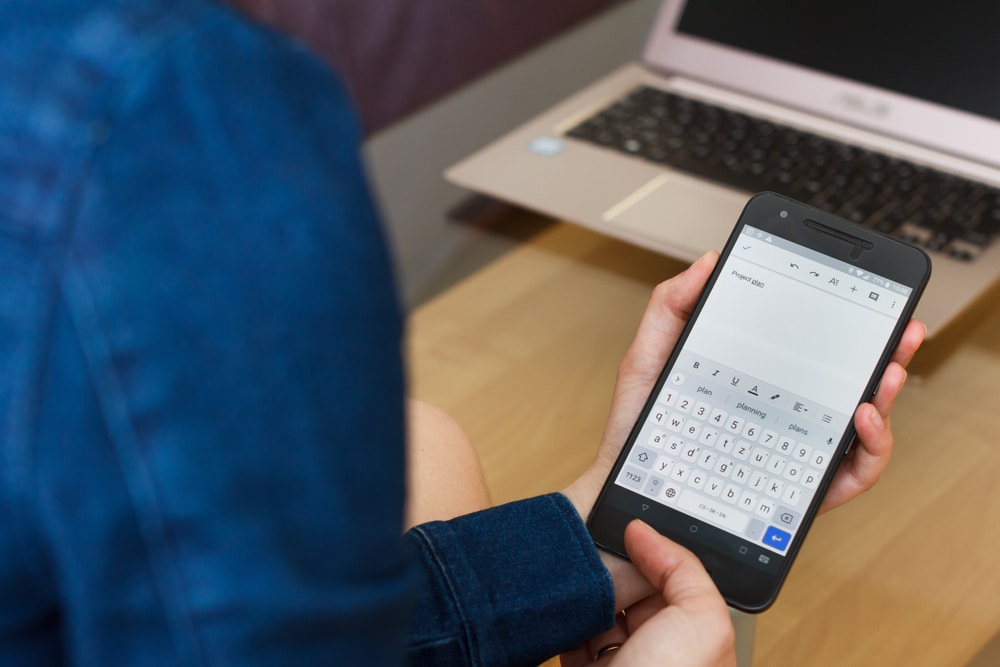The days of passing handwritten notes in classrooms may be dwindling, but the spirit of communication among students remains vibrant. With many schools enforcing cell phone bans, traditional texting has been replaced by innovative methods of interaction. In this digital era, students have adapted remarkably to maintain their connections, often leading to both delightful and concerning outcomes.
Bridging the Communication Gap
Students have proven themselves resourceful when it comes to exchanging ideas and messages. Platforms like Google Docs and Google Slides have transformed into creative avenues for communication. Children can collaborate in real-time, sharing stories, artwork, and more, all while developing essential skills in digital literacy.
The Positive Aspects of Creative Collaboration
It’s uplifting to witness children engaging in artistic and social activities, even if they do so during class time. The charm of collaborative projects, such as co-authoring stories and creating visual art, stands as a testament to their adaptability. While reminiscent of the note-passing of yesteryears, today’s approaches showcase an evolution in how students connect, revealing their innate creativity.
The Hidden Dangers of Digital Interaction
However, with these positive developments come critical challenges. Engaging in group chats during instruction can detract from vital learning experiences. These activities often extend beyond school grounds, presenting new hurdles for parents and educators alike, who may not be monitoring these digital conversations as closely as traditional texting.
Risks Associated with Digital Documentation
One significant concern is that many adults remain unaware of the content within shared documents, which can lead to unchecked negative behavior, including bullying and gossip. Furthermore, the platform’s anonymity can sometimes encourage inappropriate sharing and exacerbate issues like social comparison and cyber bullying, negatively impacting students’ mental health and self-esteem.
Strategies for Parents
So, how can parents effectively manage their children’s use of tools like Google Drive or Google Classroom? Open dialogue is key. Parents should start conversations about the purpose and potential risks of these platforms. Experts like Dr. Kathy Wu emphasize the importance of balancing autonomy with responsible usage, akin to conversations about social media. This includes discussing what is appropriate to share and establishing a safety plan should the environment turn toxic or stressful.
Modeling Healthy Digital Habits
Demonstrating good online behavior is crucial for children’s development. Parents can lead by example, incorporating periods of digital detox and engaging in offline social activities. Familiarity with their child’s digital environment is equally important. Understanding tools like Google Sheets and Slides, along with how to access document histories, equips parents to be more active participants in their children’s online interactions.
Encouraging Positive Engagement
Lastly, celebrating positive behavior can reinforce good habits. If parents observe their children using these platforms for collaborative creativity, such as writing engaging narratives, it’s essential to praise their efforts. Such support not only nurtures creativity but also cultivates an environment where kids feel safe exploring their interests.
The tradition of note-passing may have transformed, but the core of communication continues to thrive. In encouraging children’s social interactions while ensuring their safety and well-being, we can facilitate a balanced approach to their digital lives.



































